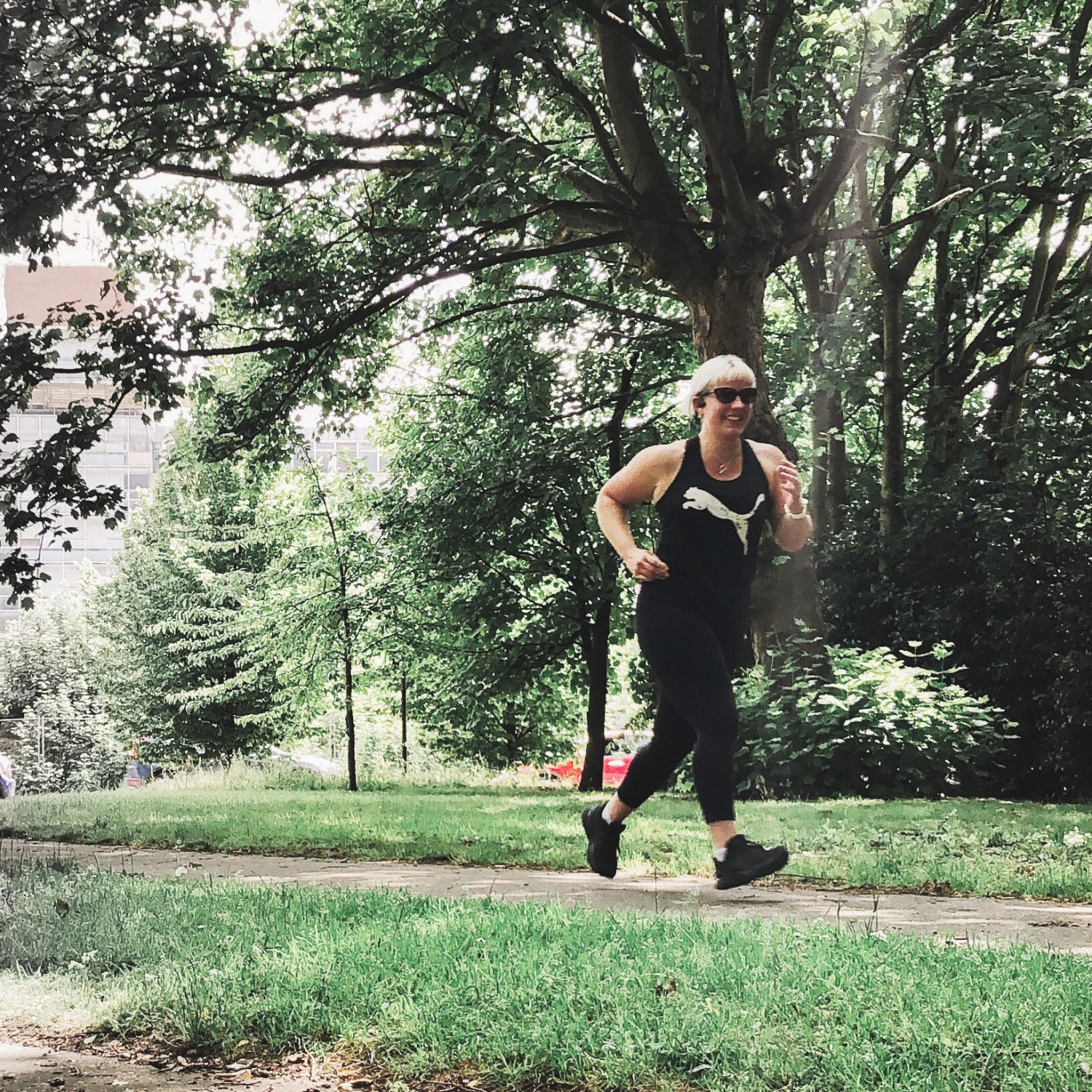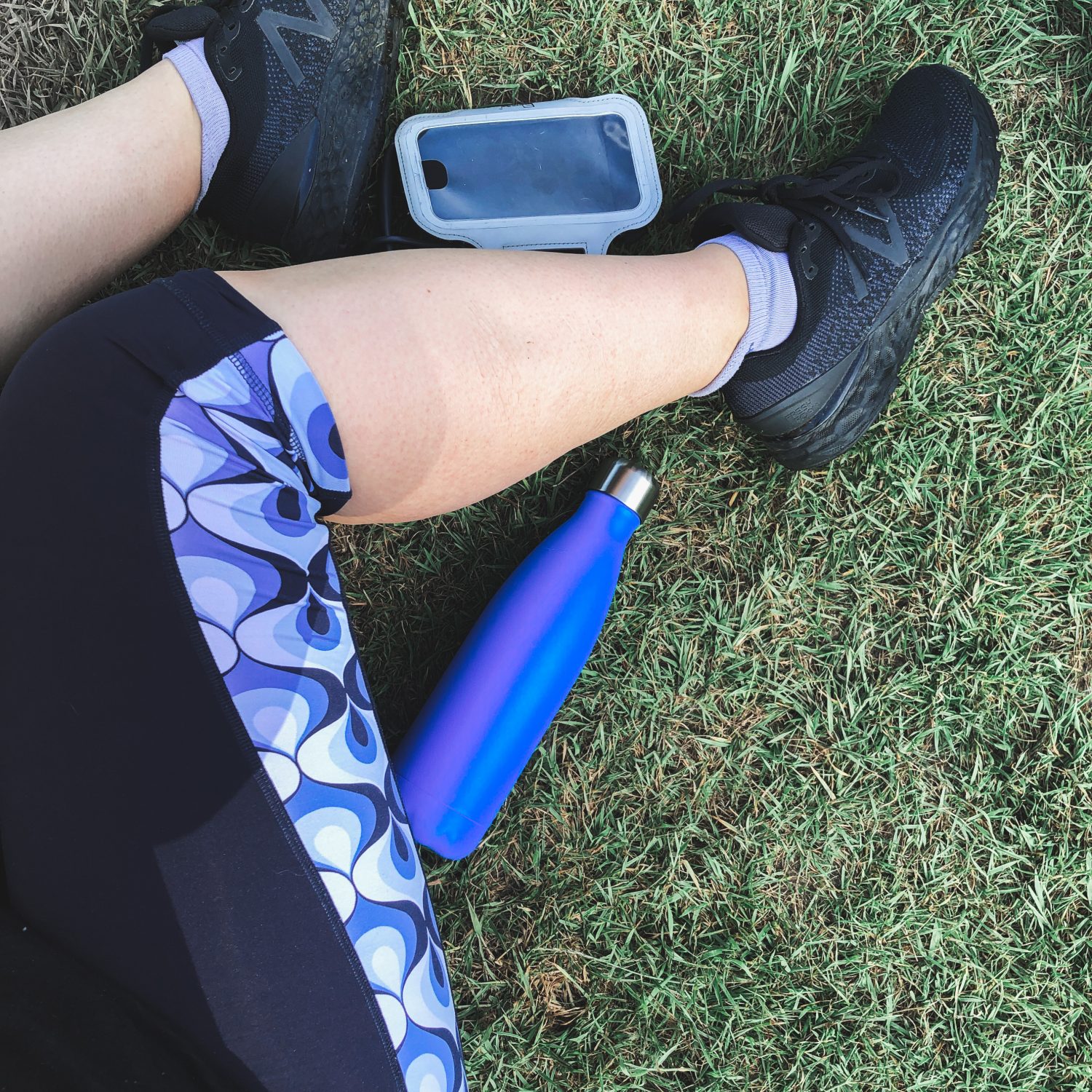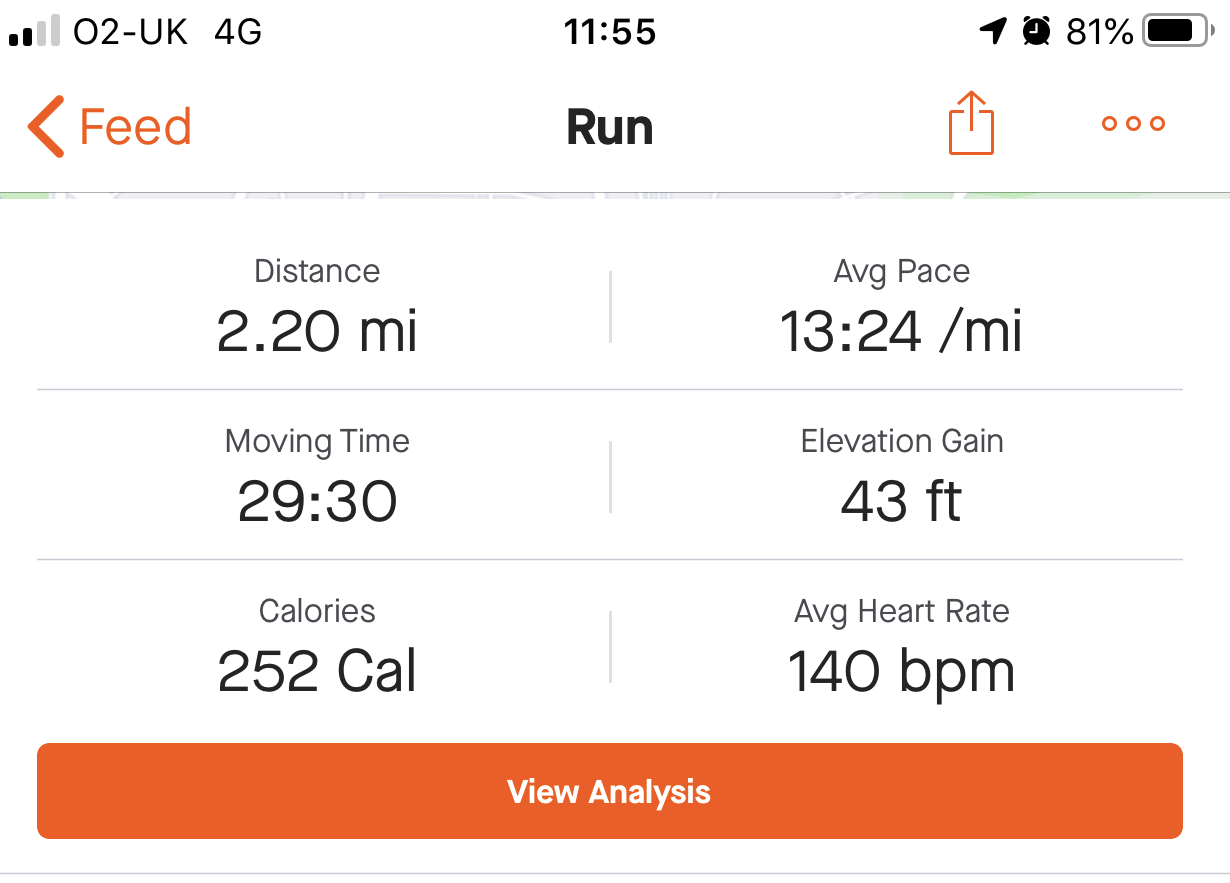Its easy to think that the harder you work out the fitter you’ll get.
I remember when I first started running I got faster with every session and I felt so proud.
8 years into my running journey and recently I’ve been feeling like the reverse is true. I feel like it’s getting harder and my speed is dropping. To be fair, we are in the middle of a global pandemic right now, so there are other factors than fitness at play, but I’ve been running more than ever, and feeling slower and slower.
Many years ago I read an article that provided a rough calculation that suggested my “easy” runs, that should make up the bulk of my running, should be carried out at a heart rate of about 140bpm. I scoffed, because when I run my heart rate is FAR higher than that, and even when I’ve made the effort to keep it at around 160 I’ve felt like it’s just not possible to go any slower and call it running.

Recently this piece of information, that 140bpm “easy” run, kept popping up in other places. Then I came across a few other people discussing “low heart rate running” on Facebook and saying how their times felt SO slow, but that they were speeding up as they persevered.
So, I decided to investigate further.
It seems that the idea of running slower to get faster primarily comes from a coach named Phil Maffetone, back in the 1980s. The method claims to help you build a solid aerobic base, regardless of your current fitness levels and help you get faster for less effort while avoiding injury and burnout.
I am ALL OVER this concept. So, considering I have no real races to worry about for the next few months and the gym is closed, I decided to give it a go. So, over the next 3 months, I shall be sure to pop back in and give you regular updates on my adventures in low heart rate running.
The Basics
As with anything in this world low heart rate training can get complicated the more you look into it and frankly I’m not sure I have the patience for some of the faffing around. So I have taken the bits I’ve read, and stripped it back to the basics.
You find your optimum aerobic heart rate or “Zone 2” to run in, and then you do all your training at that pace.
The suggestion is its best to run for time rather than distance as your paces will be significantly slower than you’re used to, so I’m aiming for 3-4 30 minute runs, and a longer run of 1-2 hours each week.
The Calculations
The first thing I needed to do was to calculate my optimum heart rate using the MAF 180 formula.
Your MAF Heart Rate is calculated at 180 minus your age
This gives me a base start rate of 139
- Subtract 10 for major illness, surgery, medication or hospitalisation – Nope!
- Subtract 10 if you are frequently injured, get 2 colds per year, have allergies or asthma, exercise inconsistently, or your athletic performance has plateaued
- Add 5 if you are a competitive athlete training for more than a year without issues.
I am asthmatic and have allergies, but apart from in Summer they don’t normally give me exercise issues, so, for the sake of being able to do any running at all. For the time being I am sticking with the base heart rate of about 139.

My First Low Heart Rate Run
Well, actually my first attempt at Low Heart Rate running was on a warm afternoon. I was a bit stressed already and I barely made it round the corner before my heart rate was 145 and I had to walk. I did a mile and a half, got home, left my watch to calculate my recovery heart rate while I washed my hands, and then a splash of water on the screen deleted the whole run, so we won’t count that one.
So, my first Low Heart Rate Run that actually counts was this morning. I set out to do a 30 minute run on a route that I can replicate again in future to see if I get any further/faster. This time I managed to get a whole .25 of a mile before I had to walk.
I’m not going to lie, there was a fair bit of walking going on, but it was actually quite pleasant to not feel the pressure to keep pushing myself.
Each time my heart rate got to 145 I would stop and walk till it dropped back to around the 135-140 mark, then slowly run again.
In my 30 minute time limit I made it 2.2 miles, giving me an average pace of an entirely non-earth shattering 13:24 per mile, My first mile was fastest, which is apparently as it should be, so that’s all good.

Apparently I shouldn’t do any higher heart rate running or exercise during this initial 3 month base building period. Unfortunately I have signed up to run 10 miles with ISO Run Club tomorrow and I have to be finished by around 12pm so I can go to work, so I think I might have to break that rule in the interests of it not taking me 3 hours to cover the distance. But after that I pinkie swear that I will take leisurely slow runs with lots of walk breaks.
What a hardship.
Watch this space…..

Hey. I love your inspirational content. What do you think of the keto diet? Nelle x https://bit.ly/2WqdXva